|
The Marlborough Fly Fishing Show is right around the corner. It's a bit earlier this year than in the past. I've heard a few folks grumbling but honestly it's a great opportunity to see some of the new equipment out this year. Watch some casting demos or take a class.
I will be leading off the weekend with a Featured Fly Tyer Presentation on Friday 11:30 am. Top Trolling Patterns for Spring. I will offer up a few great patterns. These sessions are really great because you can see everything very well and ask questions. The rest of the weekend I'll be on Tyers Row with Bob Meade, we have a lot of fun at our table. Bob is a unique fly tyer come by and see some of his realistic flies. All the tyers have great things to share and just watching them tie will up your skill level. Clear your schedule for January 5-7, 2024 and come by its really worth the trip. Don't forget to ask me about the fly I tied for the King of England. flyfishingshow.com/marlborough-ma/
9 Comments
We had a great time at the American Museum of Fly Fishing talking about fly tying vises. Curator Jim Schottenham, HMH Vise owner Jon Larrabee and myself. Lots of history and we barely scratched the surface. I got to tie on one of the oldest vises around. On Thursday, July 6, AMFF Ambassador Scott Biron joined Curator Jim Schottenham for an educational look at the streamer fly. Scott is an active fly tying instructor for NH Fish & Game and is a popular attraction when presenting his instructional tying lessons at national, international and regional shows. Scott and Jim discussed the history behind the streamer pattern in the U. S., with a focus on the patterns of Ray Salminen, a man who was close friends with Joe Bates. Scott also showed us how to tie one of Ray’s flies, the Gray Glory.
youtu.be/oxSskqln3-k Gray Glory Streamer (documented by Scott Biron) Ray Salminen streamer pattern using a Ewing Signature Series saddles. Created for Moosehead Lake after observing smelt at the Moose River inlet. Tied as a tandem or single. Hook: Partridge Cs5/9X, CS15 Sizes #2-4 or using G3A/L #4/#6 for the tandem, Mason Multistrand 60 LB. is used for connecting wire Body: Flat silver tinsel Belly: Sparse white bucktail past the hook bend Wing: 4 bronze peacock herls with 4 slate gray Ewing signature series saddle hackles tied over the herls Shoulder: Lemon woodduck (on tandem shoulder covers front hook) Cheeks: Jungle cock Head: Black 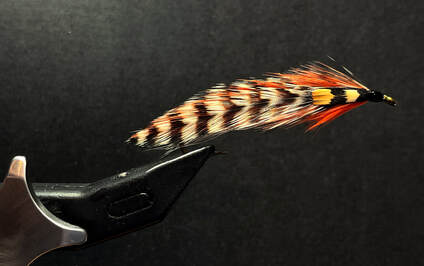 These events are sponsored by HMH and held at local breweries or eateries. The format for these events are as follows. Tyers should be intermediate level or above as the instructional aspect of these events will move at a moderate pace. Each presentation will be lead by and HMH ambassador tyer and will be packed with excellent tying tips and techniques. All will require registration which will be posted here on this website as well as on the HMH Vise website about 4 weeks before the event. There will be a small fee for each of these series to cover the materials. Look for future classes in the fall of 2023 To kick off this series our first event will be offered free of charge in conjunction with White Nose Pete Day in Rangeley, Maine June 17 4-7pm. HMH Vises, Ewingfeatherbirds and Partridge Hooks are sponsoring the event and registration will be through the Rangeley Region Sports Shop, You must register for the event and there are a limited spots available so call the shop at 207-864-5615. Village Public House 55 Carry Road Oquossoc, ME 4-7pm Instruction will begin at 4:30pm lead by Scott Biron HMH Ambassador on the Carrie Stevens Commander Streamer Fly Two of the many events I have on my spring 23 schedule. Sip it and Tippet at the Ledge Brewing Company on May 13th and White Nose Pete Fly Fishing Festival on June 12th. Both events are well worth attending there will be numerous tyers, vendors along with people interested in fly tying and fishing. More information on the LB event www.ledgebrewing.com
More information on WNP www.rangeleymaine.com/calendar/event/11514 I will have the full line of HMH Vises on display and will be tying on Partridge and Sprite Hooks. There will be fly shops at these events that carry those vises and hooks as well as the Scott Biron Signature Series Ewing Saddles so swing by and visit these great events. 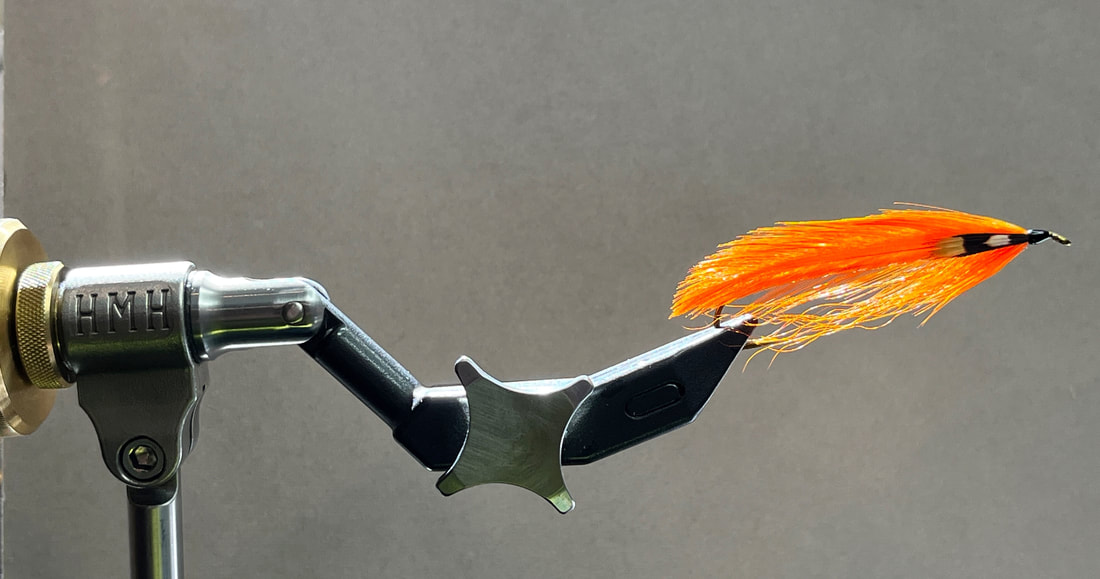 HMH Vise www.tyingvise.com My vise is an HMH TRV its an excellent all round precision tying vise. I often get asked about this vise and why I use it. My answer is simple "Performance is Reality" To be more detailed I tie a lot of long hook and tandem streamer flies. Having the hooks secure in the vise is of upmost importance to me. The TRV has several grooves in their jaws that aid in stabilizing these longer hooks. If I have a 10x long hook in my vise it gets held securely so I can tie with no sliping of the hook in the jaws. As strong as these jaws are with larger hooks they perform equally as well with smaller hooks where you do not need to use the grooves to hold the hook. When I'm tying nymph or caddis dry flies the hooks are held with no issue. Recently I tied some Wulff patterns on historic Partridge Salmon hooks and scratching the hook finish is always a worry. That was not the issue with the TRV the hooks looked new after the flies were tied. The TRV stands for true rotary vise. The TRV is the first vise HMH has made with a True inline Rotary action. This means the hook shank can be aligned with the axis of rotation of the vise, allowing materials to be held while the hook is rotated. I'm guilty of not using the rotary function on my TRV to its full capability. Mostly because I'm old fashion and feel I can wrap materials by hand faster. Everyone developes a comfort zone and there are no right or wrong ways to do most things in fly tying. I have two TRV's one is a C-Clamp the other is the pedestal and I tie on the C-Clamp the most but need the pedestal to use at show where the table does not work with th C-clamp. Again it's just being old fashion and starting off with a C-Clamp then not moving away from one. If you look at the photo with this blog the hook used on the fly is a Partridge CS-9x and it's mounted in the second groove of the vise jaws. If I tie on a 7x hook I use the first groove. On a personal note I'm willing to bet I've heard from dozens of people who asked me about TRVs they were considering purchasing. Every one has taken the time to reach out after they purchased one to thank me and to say it was the best purchase they have made for fly tying. Some of my friends who like me tied for over 50 years on other vises have tried my HMH and switched. There's a vise for every tyer out there and the HMH TRV works to fit 100% of my tying needs. It is not a beginner vise, it is a vise that will last you a lifetime. HMH has a vise for every level tyer. I teach all of my beginner fly tying classes on the HMH Spartan which is equally a great vise and often is the vise I find students enjoying as their first vise. Reach out to me if you have questions on any of the HMH line as I'm more than happy to answer them. Today was my second double check of the Colby Sawyer College classroom where I will be offering the class. I use Apple Keynote and making sure the cables all work to project the presentation on the 3 screens got its test. Everything checked out perfectly. Part of each class is a live streamer tying demonstration so ensuring everyone can see the fly from their seats is important. The room set up is incredible and all of the equipment is new and state of the art. I can stream the fly tying from my iPhone to my MacBook Pro and then to the screens in the room with great clarity. The video gives a good look at the room and what the fly looks like on the screen. Registration is open for the class www.ailcsc.com/register We had a great class yesterday at Eldredge Brothers Fly Shop in Maine. Tied up some great streamers and shared a lot of tips on how to tie these flies. Just in time for the season to open in a few weeks. The class jumped on most of the Ewing Scott Biron Signature Streamer capes........good news more are do into the shop this week!
Number 2 question is on hooks and the long shank Partridge Heritage Streamer models. Partridge has a new distributor here on the East Coast and the hooks are due to them very soon. Expect to see them in shops soon. I'll update you with more information as these become available. On July 8th I will be at the Sunapee Historical Society's Flanders-Osborne Museum on 74 Main Street in Sunapee Harbor. Throughout the morning I will be tying some Lake Sunapee streamer fly patterns and duscussing about they fly tyers that developed these patterns. I'm scheduled to be at the museum from 9:30-noon. The event is sponsored by the Sunapee Historical Society.
Yes back to college for me as I will be offering a class at Colby Sawyer College on The History of New Hampshire and New England Streamer Flies. I've been slowly researching this topic for a number of years. It began when I was working on the Traditional Arts Grant and I headed to the State Library to find out some information on NH fly tyers. I have a friend who is a town librarian here in NH and she was very helpful trying to point me in the correct direction to get started on documenting history in this area.
My first find was an article that spelled out quite a bit about flies and fly tyers from back around the 1950s. It had some patterns and names of the tyers who developed them and much of it was from a letter the late Game Warden Jesse Scott had written to the magazine. At some point NHFG had a newsletter that came out on a regular basis and some of this history was included in it. Jesse made note of that and when I went looking for the newsletters I sadly found out that all of the department copies burnt in the Bridge Street fire. Shortly after I had gone to the library I was contacted by the historic fly tyer the late Ellis Hatch, he had a fly pattern he had tied for years and did not know who came up with the fly. He basically sent me in search of this information. It took me a while but I had seen the fly pattern on a visit to Ellis's and said that really looks failure to me. As I began my search I connected with Rick Estes a retired game warden and good friend who shares a similar interest in the history of flies. After a few months of looking around I came up dry and kind of put things on hold. Then I was discussing with a family member about a fly my Uncle Mike tied. I shared that Uncle Mike and my grandfather would tell me all about their fishing exploits but it was always in french so I had to try to translate it to english and missed a lot of it. Anyway during the conversation I mentioned that Uncle Mike would visit some of the local fly tying shops (usually a general store) and he would chat up with people in Errol what was working and what wasn't. He was a very good fly tyer and he would see a pattern in the store and go home and tie some up. Thats when I remembered him showing me the same pattern Ellis had asked about. So a little more research and I was able to find the tyers name from the store and connect him to the fly pattern. Thats how this whole thing really got going. I went back to speak with Ellis and he was thrilled with the information and said much of this information has gone to the grave with fly tyers unwilling to share their patterns. That day driving home I decided to start to look for more information on these patterns and tyers. Sometimes would find one thing that would ballon into a whole load of information. Other times I would find something that would document a tyers work by when he/she made modifications to a fly pattern. I began to write this down and tie the flies all while sharing the information. I try to share everything with the disclaimer So Far. More and more I would uncover something and a year later obtain further information that I could add to the history. Then people asked me to do something with all the information.....write a book...put together a presentation......I've written books and they get outdated fast so I opted for the presentation. Thats why I'm heading back to college. The folks at CSC Adventures in Learning welcomed the idea of offering this class and wanted me to do a tying demonstration as part of each class. As you can see by the announcement there are 4 classes and I had this entire presentation completed when I fell into a boatload of new history so I am in the process of rewriting several of the sections. I also expect that someone who might be in these classes will have information to add to these histories. |
AuthorScott Biron is a fly tyer from New Hampshire. Archives
December 2023
Categories |
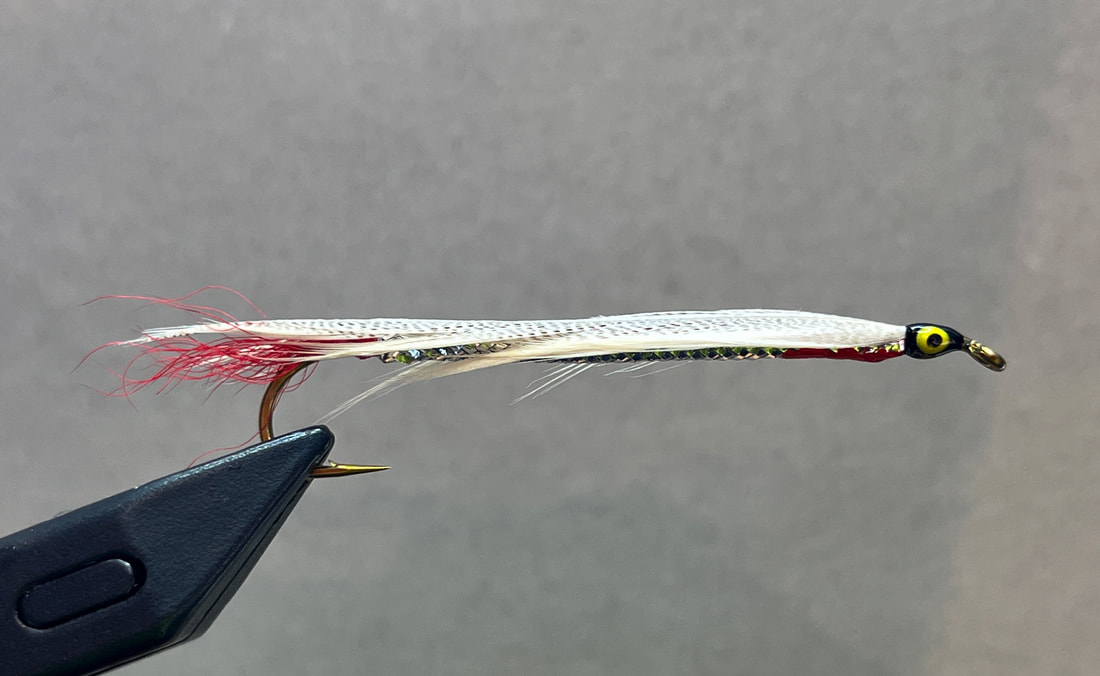
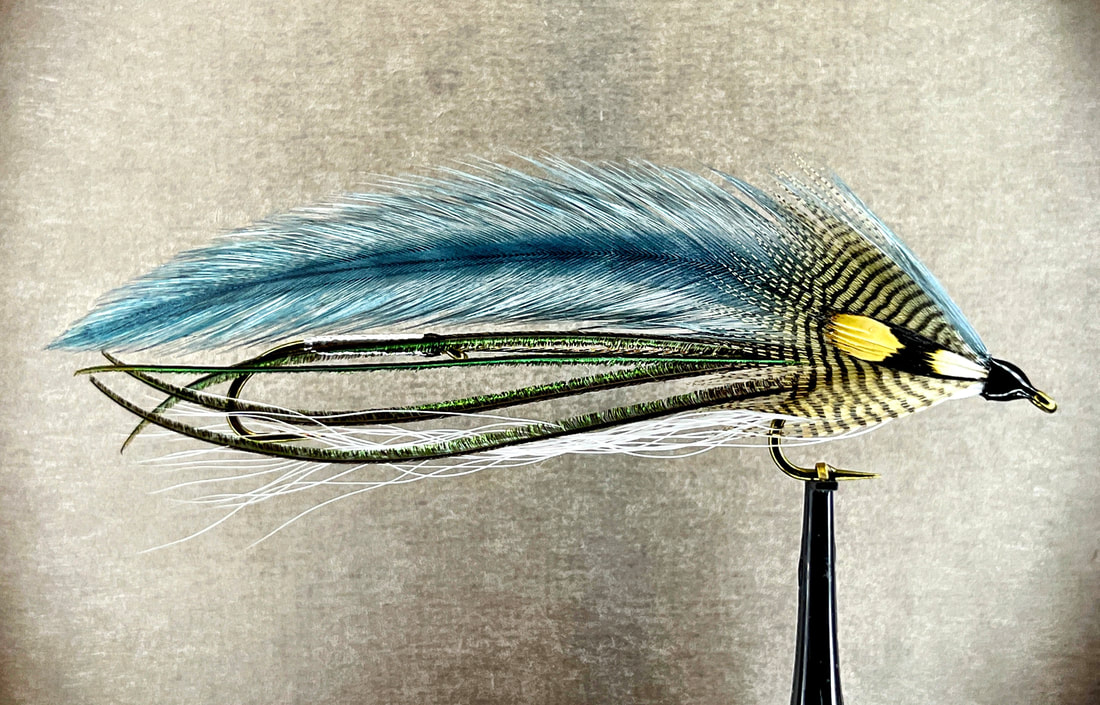

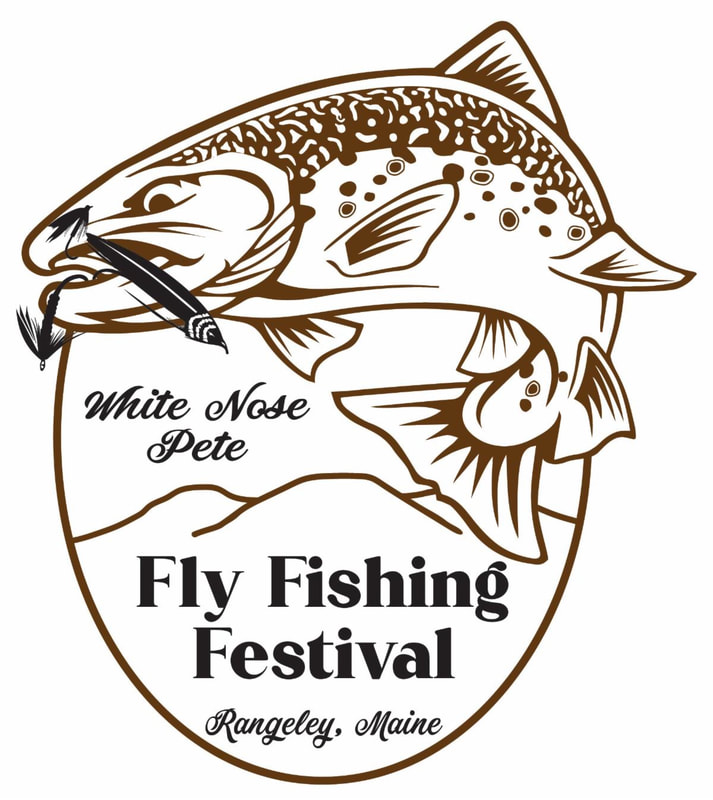
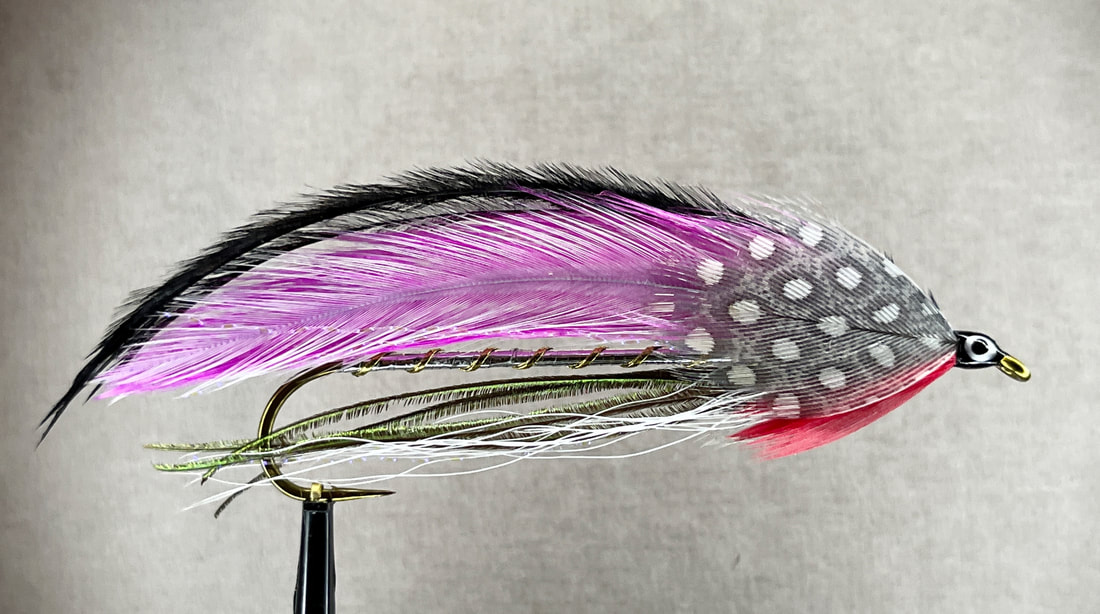
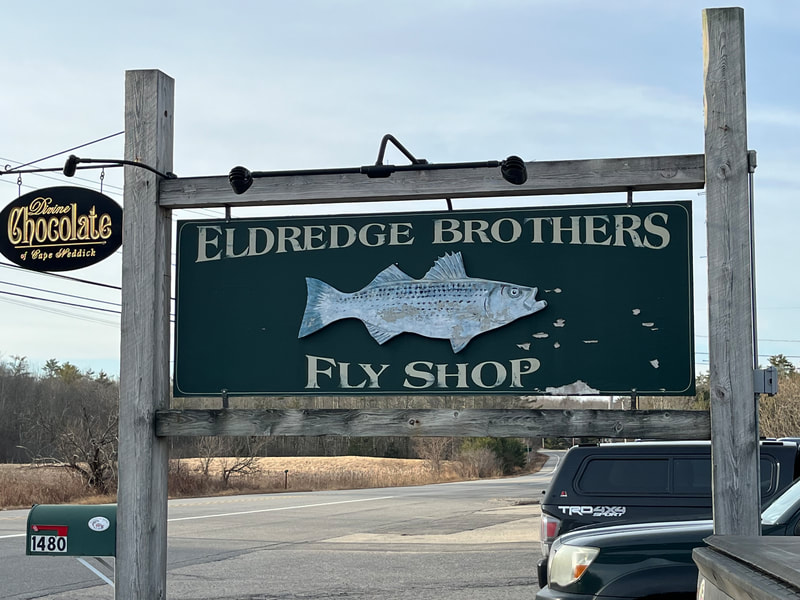
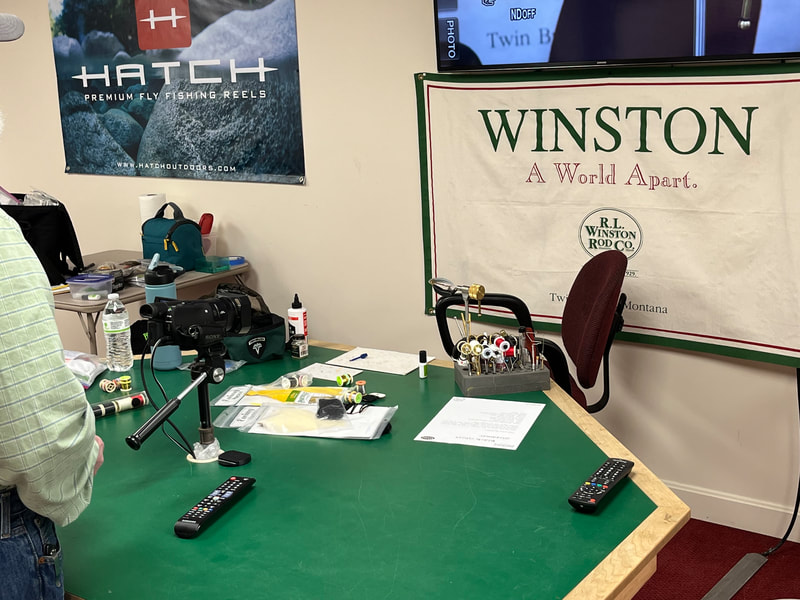
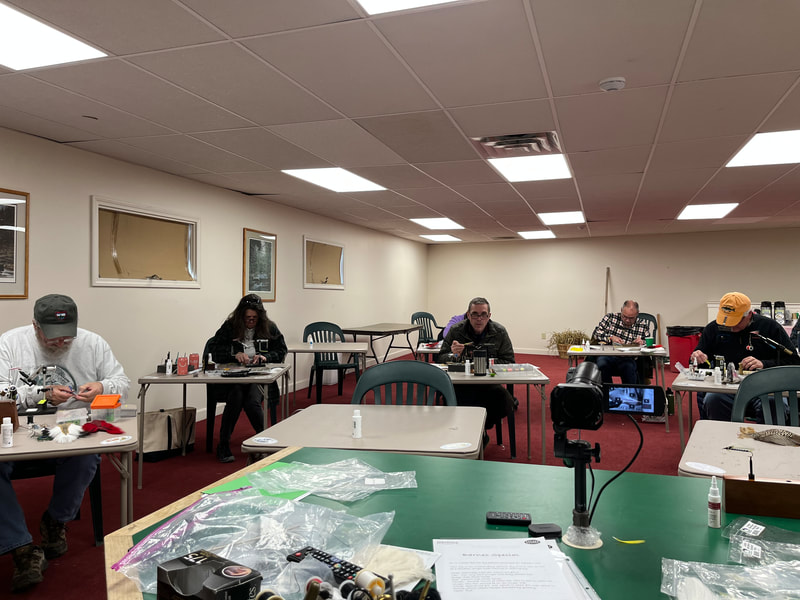
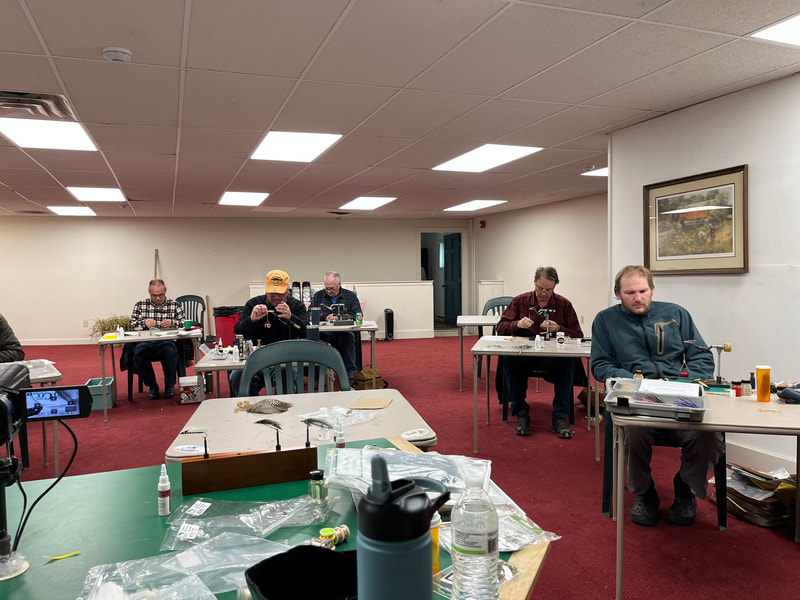
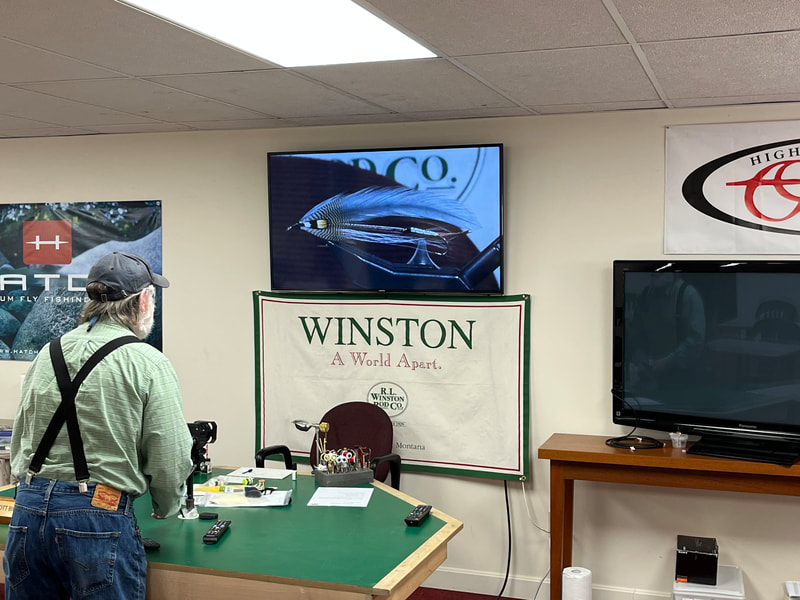
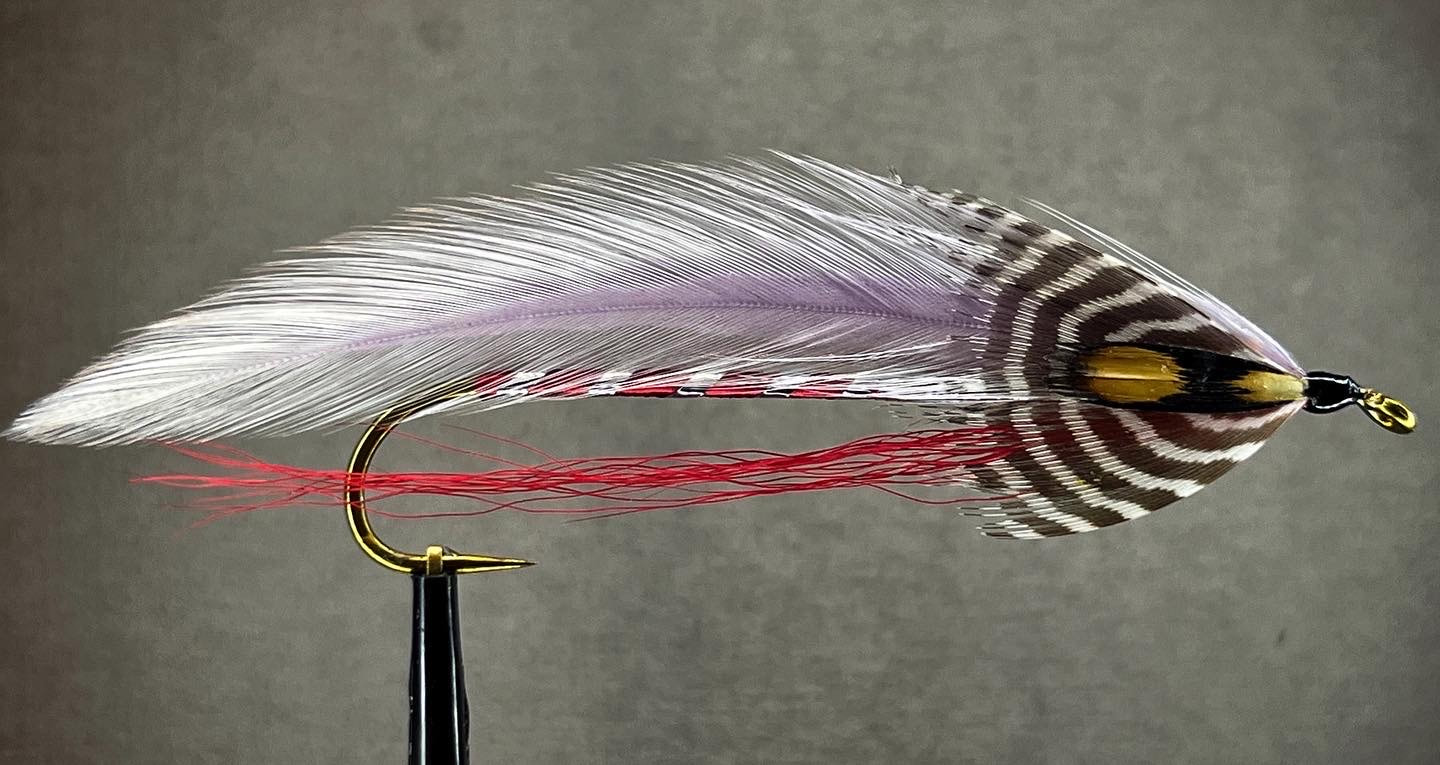
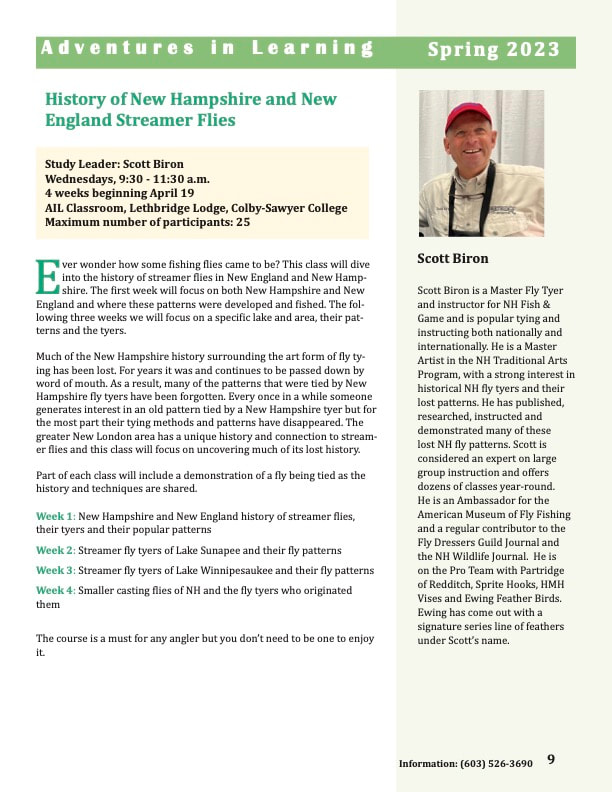
 RSS Feed
RSS Feed